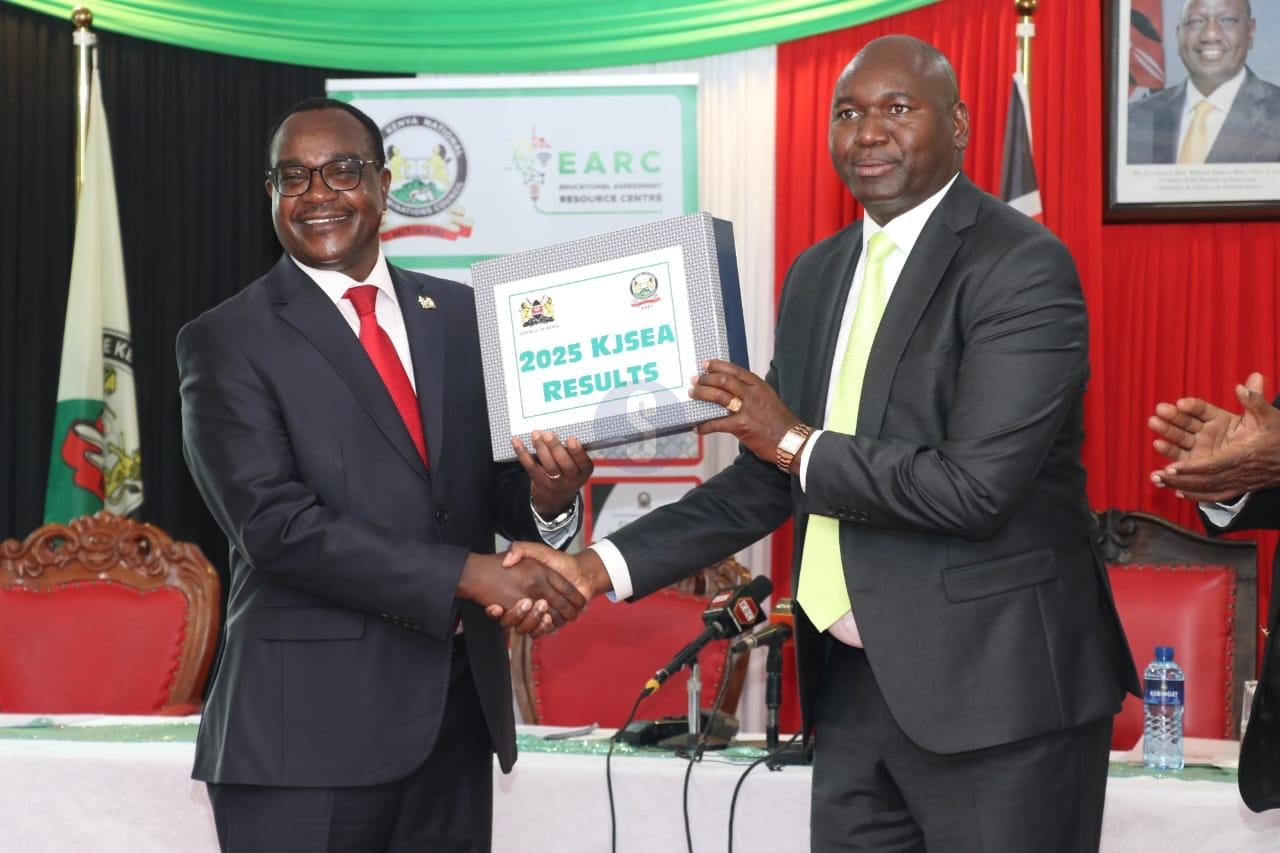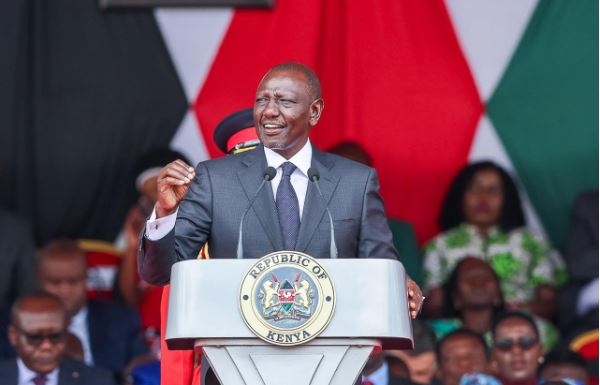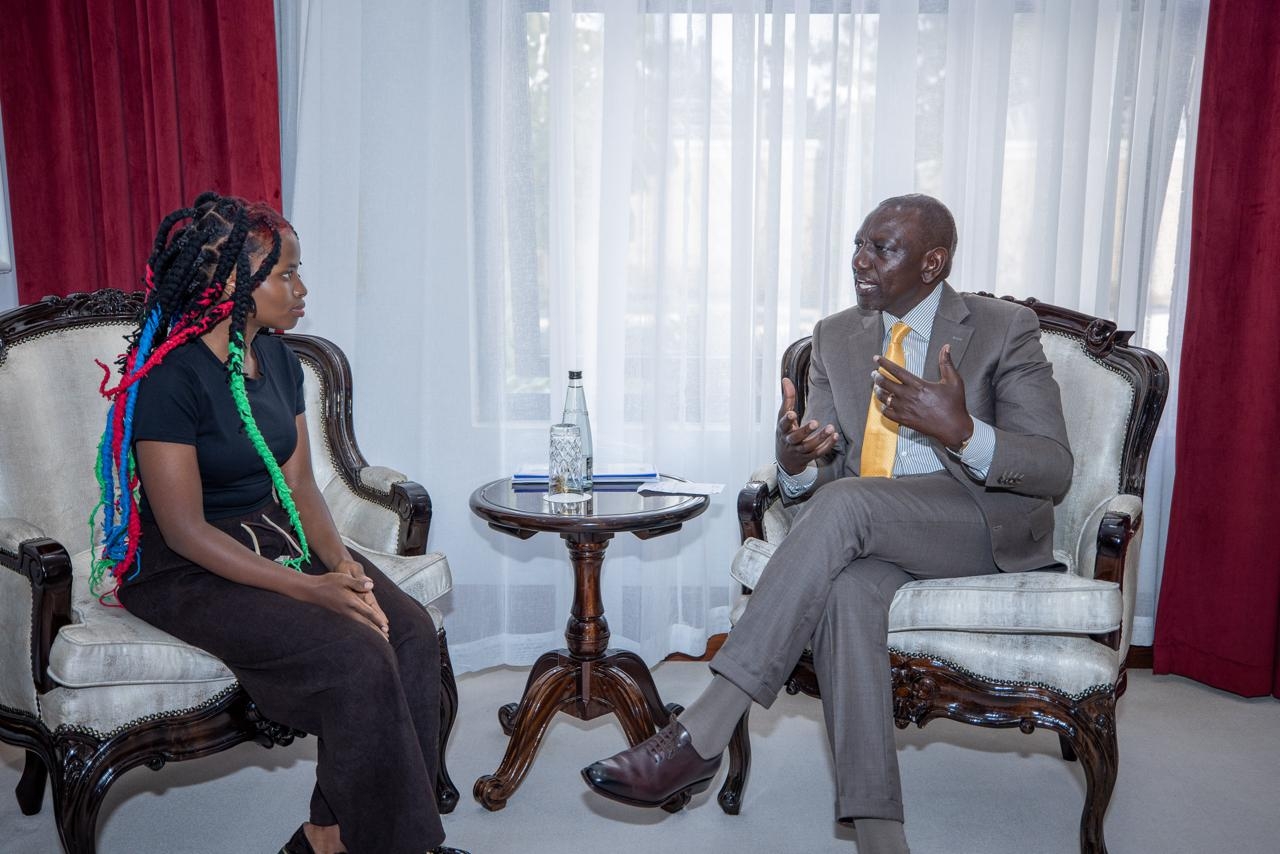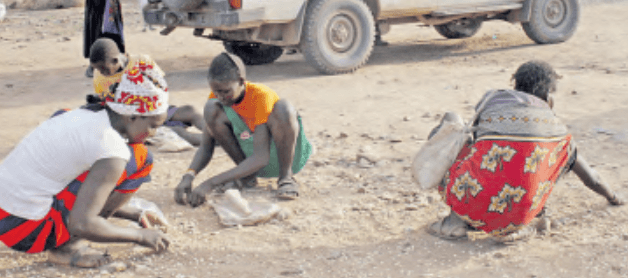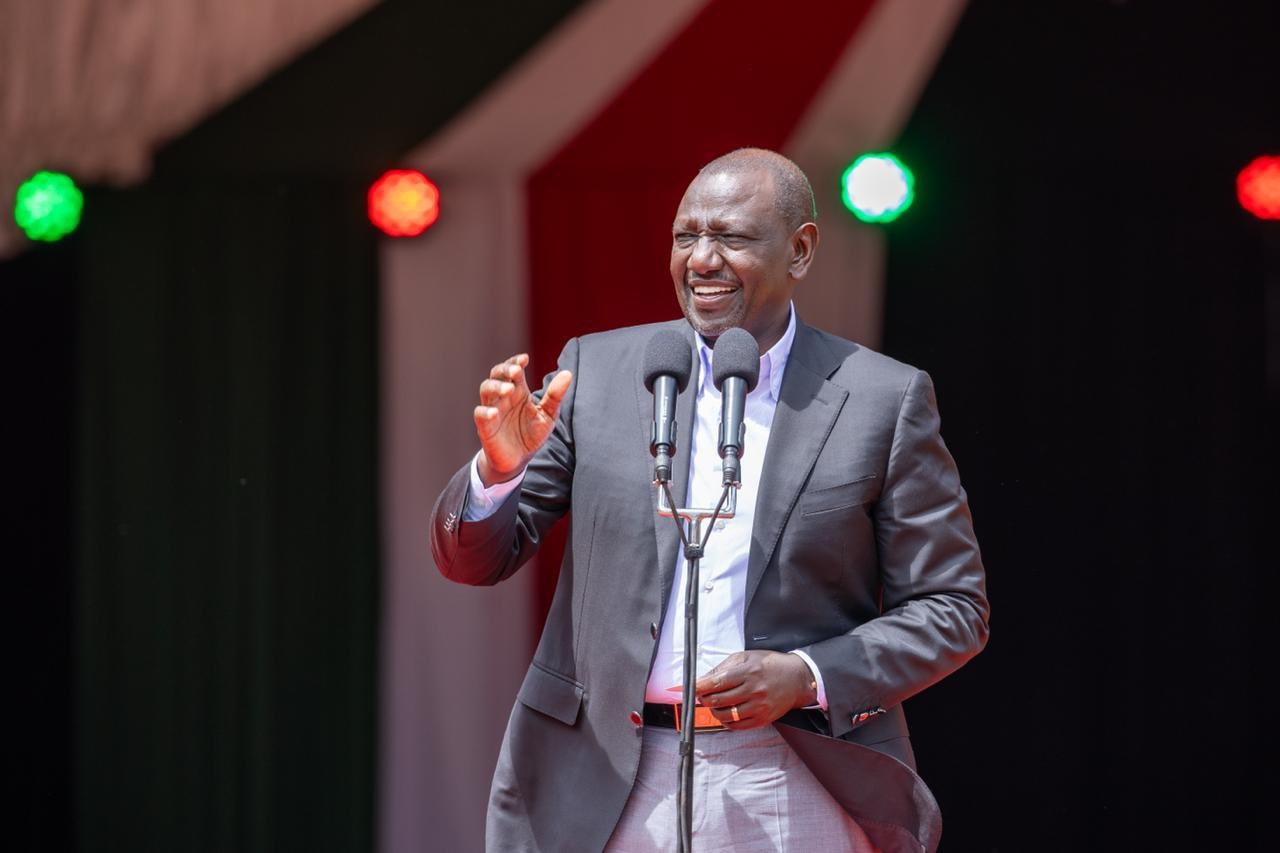
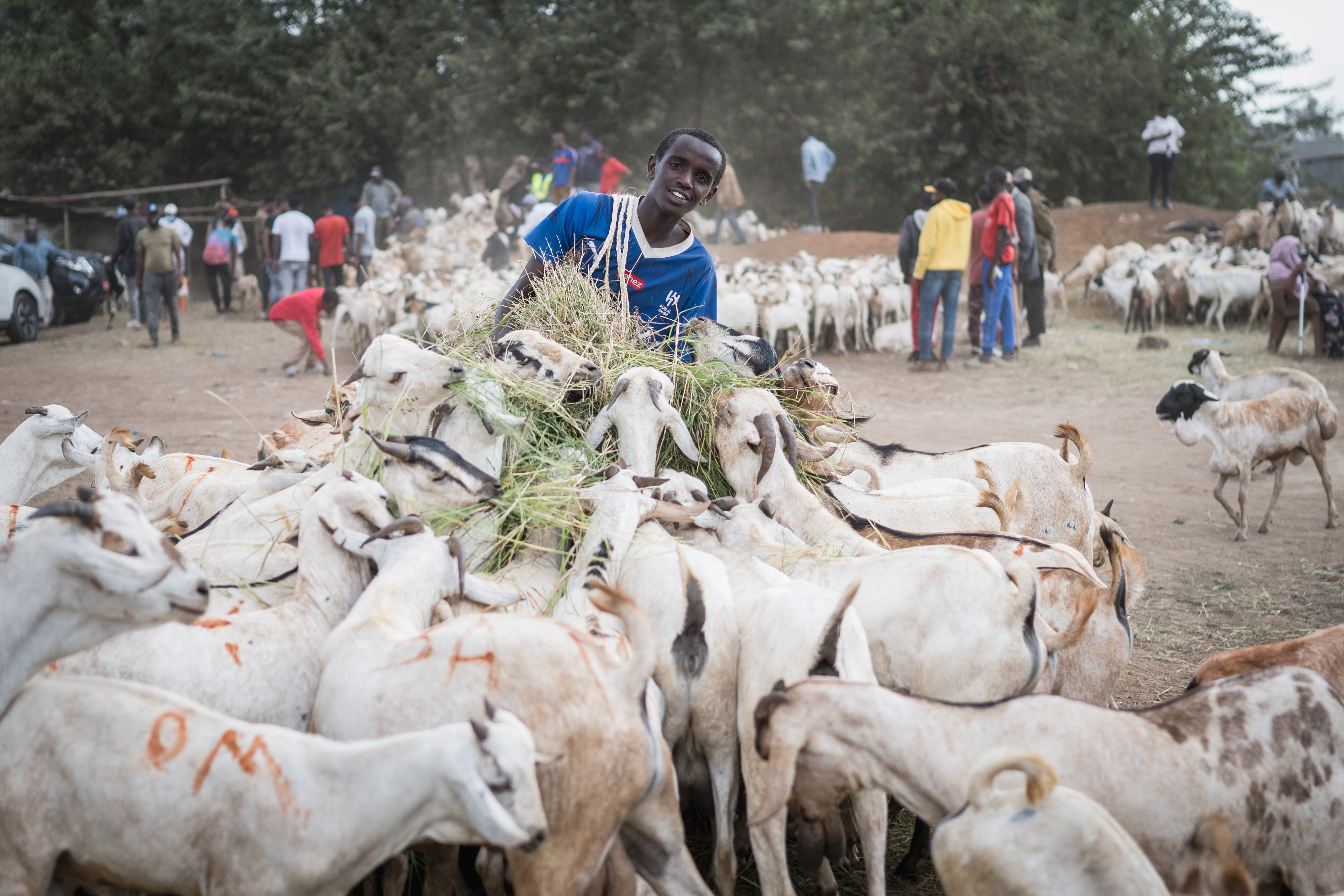
Kenya’s livestock sector has significant growth potential, particularly in poultry, beef and dairy, but the country must urgently address the cost of feeds to unlock this opportunity, a researcher has said.
Kenyan researcher and policy analyst at the African Network of Agricultural Policy Research Institutes, Dr Timothy Njagi, said there is a huge deficit in the demand for poultry, beef and dairy, which presents a big opportunity for the country to scale up production.
“But to achieve that, we must start by improving our production systems and the first step is fixing our feed and feeding programmes.”
Njagi noted that the rising cost of animal feeds over the past few years has made the livestock sector increasingly uncompetitive.
“The high feed costs have a spillover effect. They make our livestock producers uncompetitive because of the increased cost of production,” he said. “So, the biggest opportunity we have is to bring down the cost.”
The Economic Survey 2025 showed that Kenya's GDP grew by 4.7 per cent in 2024, slower than the 5.7 per cent growth in 2023. The agriculture, forestry and fishing sector, including livestock, contributed positively to this growth.
The survey showed the importance of reliable data for informed decision-making in the livestock sector, particularly regarding food security and production challenges.
The survey noted the need for high-quality, readily available data on the livestock sector to understand food supply, prices and production challenges. It stressed the importance of data-driven decision-making and the need for continued investment and innovation in the sector to ensure its continued contribution to Kenya's economic growth.
Njagi called for exploring alternative feed ingredients, particularly for non-ruminants like poultry and pigs, which currently rely on raw materials such as maize, a crop that also competes directly with human food needs.
“We’ve mainly been relying on feed raw materials that also serve human consumption, especially maize. One of the things we have been asking the government is to allow the use of genetically modified (GM) raw materials, especially GM maize and soybean,” he said.
He added that adopting GM feed inputs could significantly reduce feed costs and improve margins for livestock producers.
“If we can reduce the cost of feed, farmers will earn better gross margins. That, in turn, will incentivise increased production and productivity,” he said.
Still, the livestock sector faces other persistent challenges. Njagi said for cattle, whether for beef or dairy, weather variability plays a major role in productivity.
“When the rains are good, we get enough fodder and production is decent. But in dry seasons, we face fodder shortages and even famine in some cases,” Njagi said, adding that, “Farmers are then forced to sell animals prematurely or invest in expensive feed supplements, which further cuts into their already thin margins.”
He said the cost of supplementary feeds is so high that most farmers end up making losses, especially since the market does not always absorb the additional costs.
“The consumer won’t pay extra because a farmer had to spend more on feed. So ultimately, the farmer earns less,” he said.
He praised the recent livestock innovation pitching forum, which brought together players from across the livestock value chain to explore solutions and funding opportunities.
“Events like this are important because they attract innovative ideas to plug the gaps in our livestock systems,” Njagi said. “But one of our biggest constraints has always been financing.”
He said connecting innovators with investors who can offer grants or affordable loans is a step in the right direction.
“Some of these ideas may start small, but they have the potential to grow and be scaled nationally,” he added. “If we can get it right, the livestock sector could become a major contributor to food security and economic growth.”



